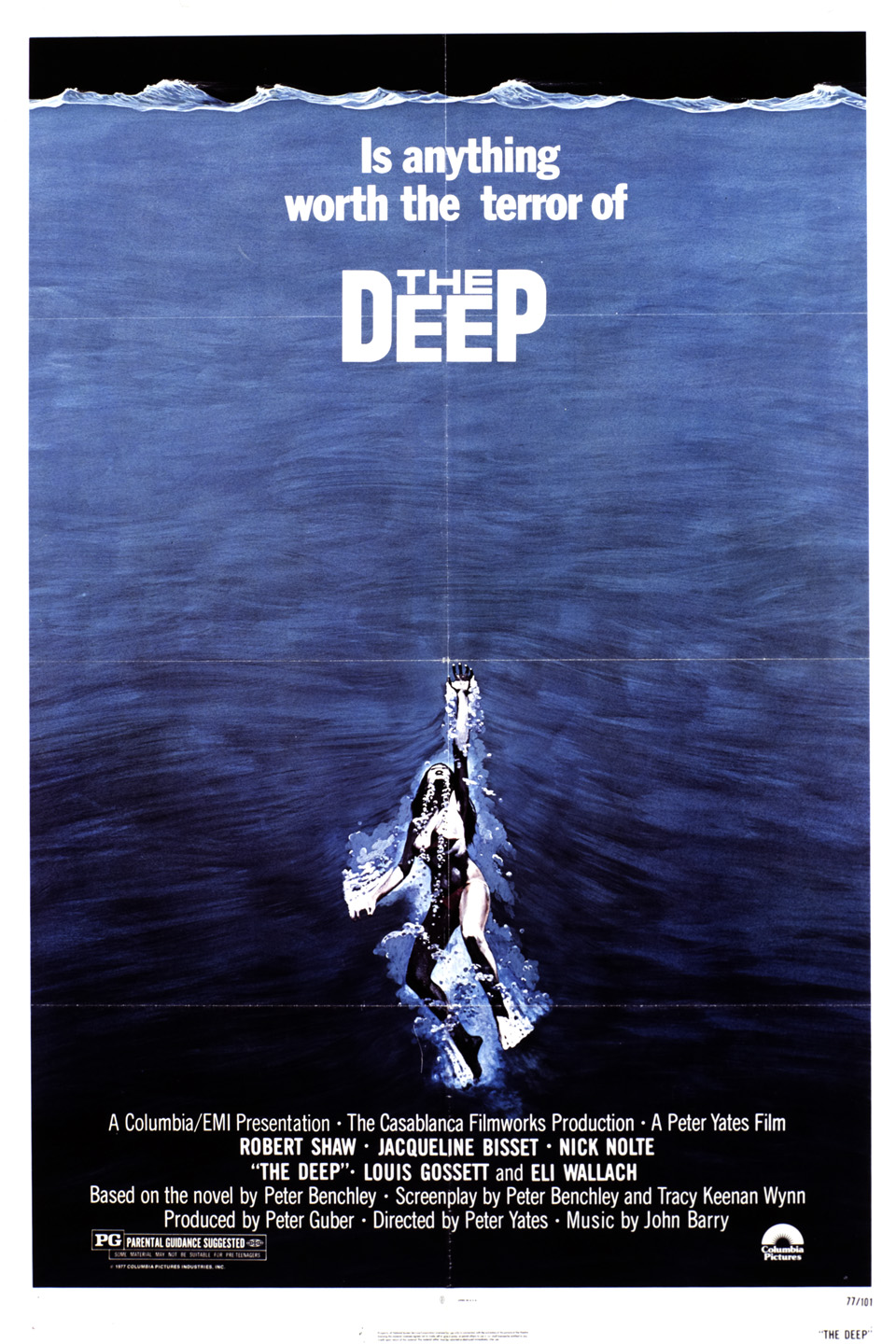
“Is it lost? Well, we don’t know anything about it,” he said.

The cache of artifacts – “very beautiful, very fantastic,” in Fisher’s words – may have been a burial offering, he said, noting the effigies of spirit animals such as vultures and serpents.įisher said that while an archaeologist would likely not call these cities evidence of a lost civilisation, he would call it evidence of a culture or society. Those artifacts included a bowl with an intricate carvings and semi-buried stone sculptures, including several that merged human and animal characteristics. The expedition also found and documented 52 artifacts that Virgilio Paredes, head of Honduras’s national anthropology and history institute, said indicated a civilisation distinct from the Mayans. He also said it’s unclear whether the people could be related to the region’s indigenous communities who still live in the area.

The area dates between 1000AD and 1400AD, and while very little is known without excavation of the site and surrounding region, Fisher said it was likely that European diseases had at least in part contributed to the culture’s disappearance. In the rainforest valley, they said they found stone structural foundations of two cities that mirrored people’s thinking of the Maya region, though these were not Mayan people. That data showed a human-created landscape, Fisher said of sister cities not only with houses, plazas and structures, but also features “much like an English garden, with orchards and house gardens, fields of crops, and roads and paths.”

Photograph: Dave Yoder/National Geographic


 0 kommentar(er)
0 kommentar(er)
